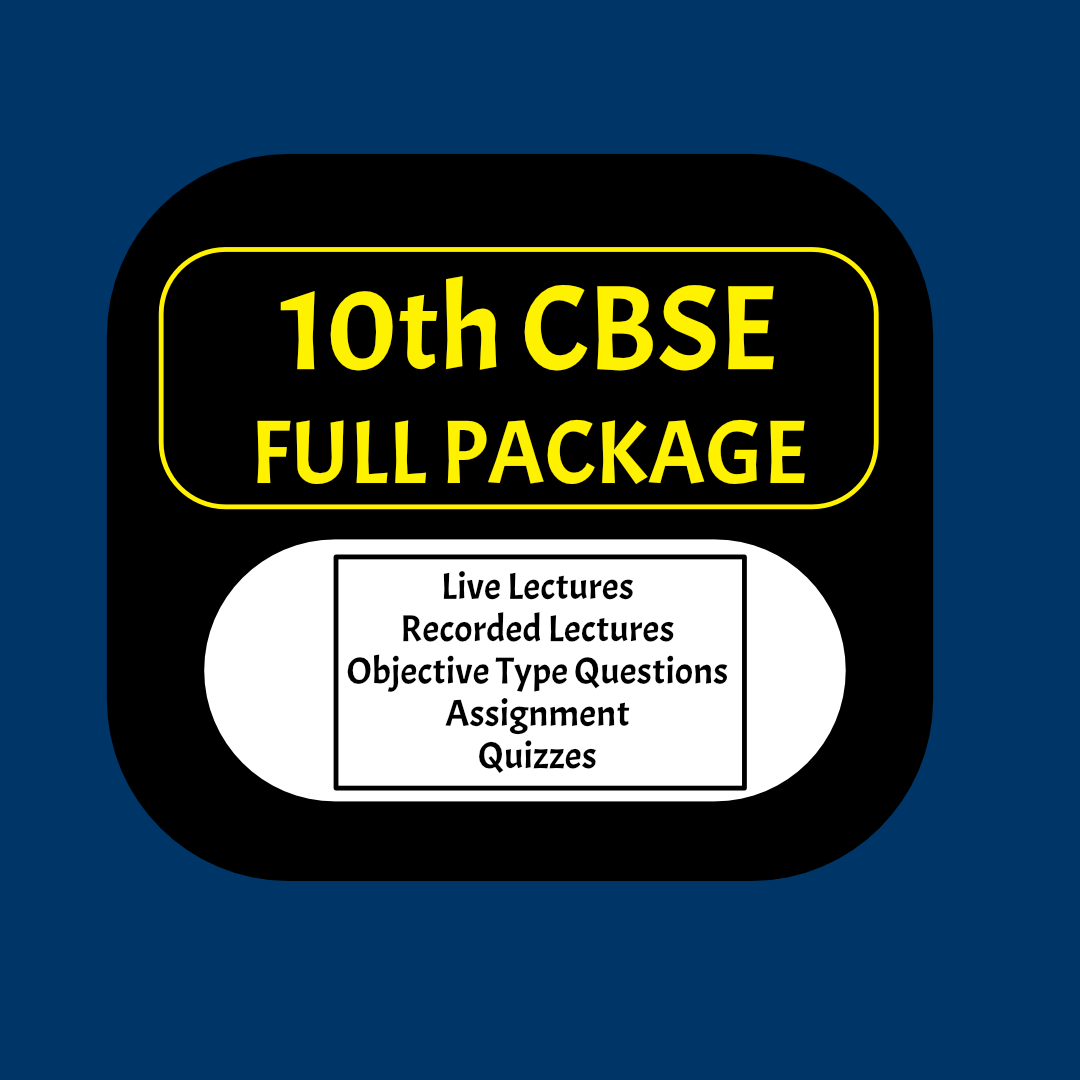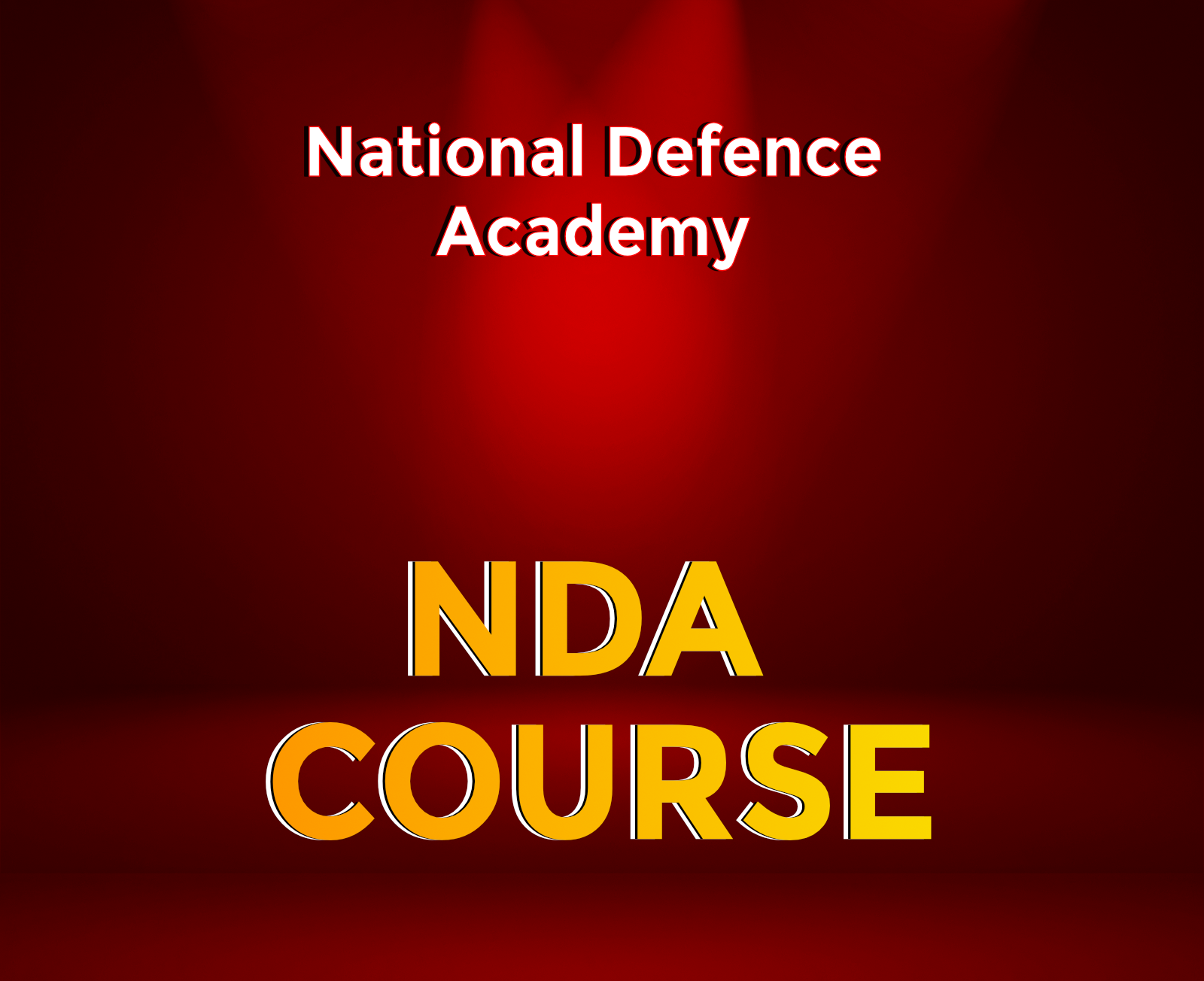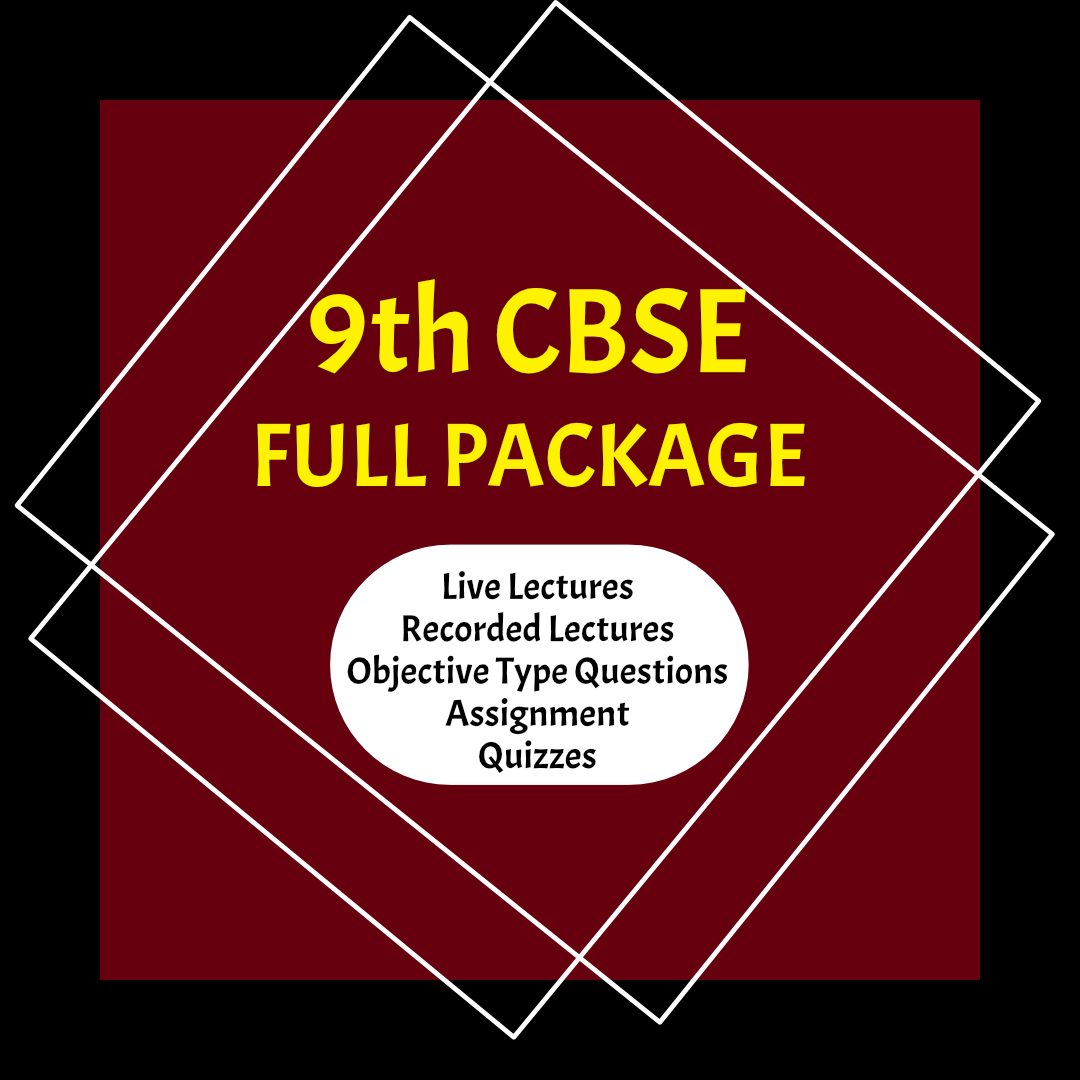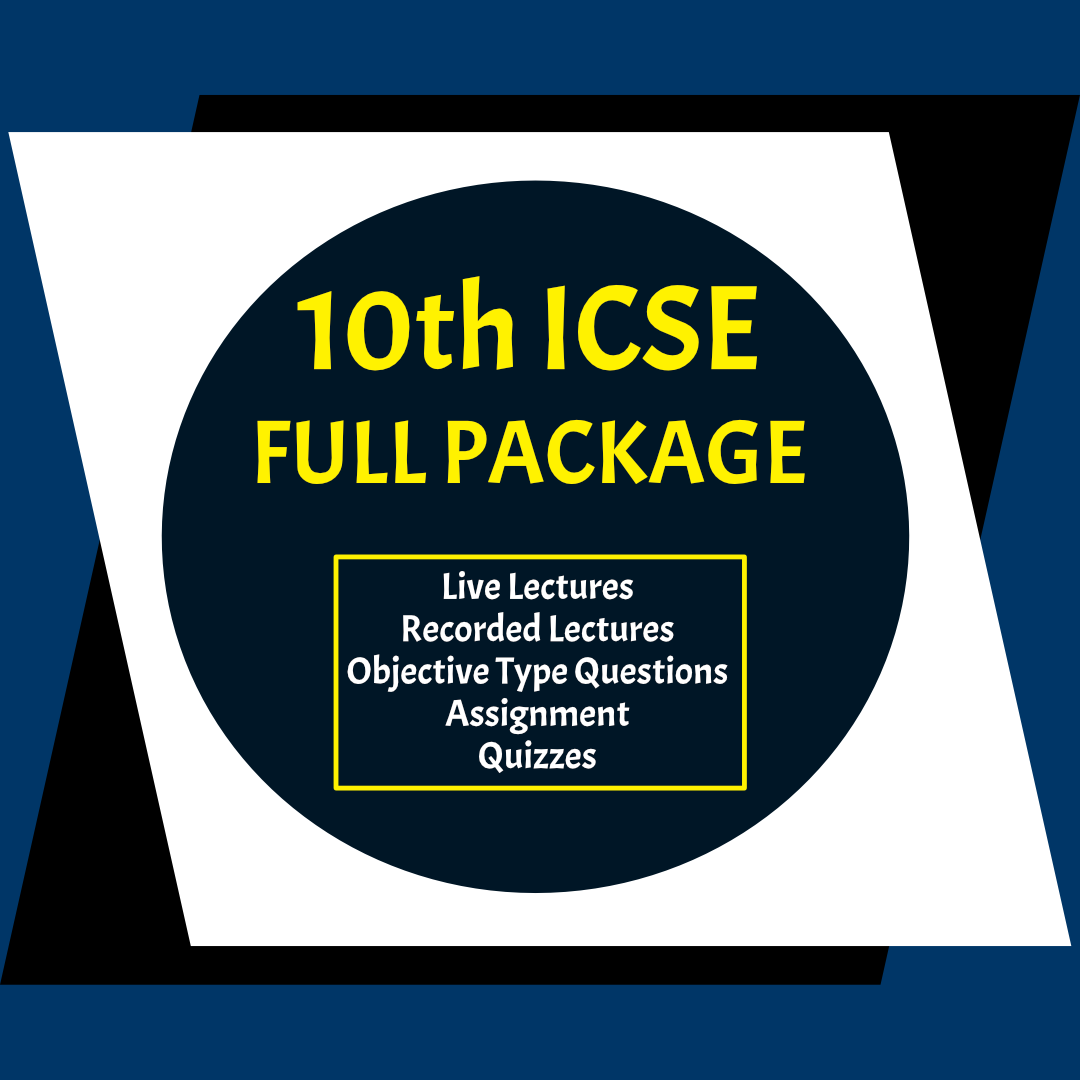|
|
Our Environment Part 1 - Lecture 28
OUR ENVIRONMENT
Biodegradable and Non-biodegradable Wastes, Ecosystem, Components of Ecosystem. The environment includes our physical surroundings like air (or atmosphere), water bodies, soil (land and all the organisms such as plants, animals, human beings and micro-organisms like bacteria and fungi (called decomposers).
Ecosystem: An ecosystem is a self-contained unit of living things (plants, animals and decomposers), and their non-living environment (soil, air and water). For example; a forest, a pond, a lake, a green land etc.
In an ecosystem, energy and matter are continuously exchanged between living and non¬living components.
Components of Ecosystem: There are two components of an ecosystem : (i) biotic component and (ii) abiotic component.
1. Biotic component: It includes three types of organisms :
(a) Producers: All green plants, blue green algae can produce their food (Sugar and starch) from inorganic substance using light energy (Photosynthesis). Therefore, all green plants are called producers. They are also called autotrophs.
Planktons are very minute or microscopic organisms freely floating on the surface of water in a pond, lake, river or ocean. Planktons are of two types : Phytoplanktons and Zooplanktons.
The microscopic aquatic plants freely floating on the surface of water are called phytoplanktons.
The microscopic aquatic animals freely floating on water are called zooplanktons. The freely floating protozoa are an example of zooplankton.
(b) Consumers: They are organisms which consume other organisms or their products as their food. All animals belong to this category. The consumers depend upon producers for their food directly or indirectly. They get their food by eating other organisms or their products. For example, man, goat, deer, fish, lion, cow, buffalo, etc., are common consumers.
The consumers can be classified into the following types :
• Herbivores.
• Carnivores.
• Parasite.
• Omnivores.
|
|
20min
|
|
|
Our Environment Part 2 - Lecture 29
OUR ENVIRONMENT
Biodegradable and Non-biodegradable Wastes, Ecosystem, Components of Ecosystem. The environment includes our physical surroundings like air (or atmosphere), water bodies, soil (land and all the organisms such as plants, animals, human beings and micro-organisms like bacteria and fungi (called decomposers).
Ecosystem: An ecosystem is a self-contained unit of living things (plants, animals and decomposers), and their non-living environment (soil, air and water). For example; a forest, a pond, a lake, a green land etc.
In an ecosystem, energy and matter are continuously exchanged between living and non¬living components.
Components of Ecosystem: There are two components of an ecosystem : (i) biotic component and (ii) abiotic component.
1. Biotic component: It includes three types of organisms :
(a) Producers: All green plants, blue green algae can produce their food (Sugar and starch) from inorganic substance using light energy (Photosynthesis). Therefore, all green plants are called producers. They are also called autotrophs.
Planktons are very minute or microscopic organisms freely floating on the surface of water in a pond, lake, river or ocean. Planktons are of two types : Phytoplanktons and Zooplanktons.
The microscopic aquatic plants freely floating on the surface of water are called phytoplanktons.
The microscopic aquatic animals freely floating on water are called zooplanktons. The freely floating protozoa are an example of zooplankton.
(b) Consumers: They are organisms which consume other organisms or their products as their food. All animals belong to this category. The consumers depend upon producers for their food directly or indirectly. They get their food by eating other organisms or their products. For example, man, goat, deer, fish, lion, cow, buffalo, etc., are common consumers.
The consumers can be classified into the following types :
• Herbivores.
• Carnivores.
• Parasite.
• Omnivores.
|
|
21min
|
|
|
Our Environment Part 3 - Lecture 30
OUR ENVIRONMENT
Biodegradable and Non-biodegradable Wastes, Ecosystem, Components of Ecosystem. The environment includes our physical surroundings like air (or atmosphere), water bodies, soil (land and all the organisms such as plants, animals, human beings and micro-organisms like bacteria and fungi (called decomposers).
Ecosystem: An ecosystem is a self-contained unit of living things (plants, animals and decomposers), and their non-living environment (soil, air and water). For example; a forest, a pond, a lake, a green land etc.
In an ecosystem, energy and matter are continuously exchanged between living and non¬living components.
Components of Ecosystem: There are two components of an ecosystem : (i) biotic component and (ii) abiotic component.
1. Biotic component: It includes three types of organisms :
(a) Producers: All green plants, blue green algae can produce their food (Sugar and starch) from inorganic substance using light energy (Photosynthesis). Therefore, all green plants are called producers. They are also called autotrophs.
Planktons are very minute or microscopic organisms freely floating on the surface of water in a pond, lake, river or ocean. Planktons are of two types : Phytoplanktons and Zooplanktons.
The microscopic aquatic plants freely floating on the surface of water are called phytoplanktons.
The microscopic aquatic animals freely floating on water are called zooplanktons. The freely floating protozoa are an example of zooplankton.
(b) Consumers: They are organisms which consume other organisms or their products as their food. All animals belong to this category. The consumers depend upon producers for their food directly or indirectly. They get their food by eating other organisms or their products. For example, man, goat, deer, fish, lion, cow, buffalo, etc., are common consumers.
The consumers can be classified into the following types :
• Herbivores.
• Carnivores.
• Parasite.
• Omnivores.
|
|
24min
|
|
|
Heredity & Evolution Part 1 - Lecture 31
Heredity & Evolution
Heredity refers to the transmission of characters from parents to off springs. An inherited trait is a particular genetically determined feature that distinguishes a person from the others for example; attached or free ear lobes in human beings.
Mendel’s contribution: The rules for inheritance of traits in human beings are related to the fact that both mother and father contribute an equal amount of genetic material i.e. DNA to their offspring. So an offspring will get two versions of that trait from the two parents. Mendel worked out rules for inheritance of these traits. Gregor Johann Mendel regarded as the ‘Father of Genetics’ performed his experiments with garden peas (Pisum sativum) in the garden behind his monastery. He observed a number of contrasting characters in garden peas and observed their inheritance.
Evolution: It is the sequence, of gradual, irreversible changes which took place in the primitive organisms over millions of years to form new present-day species. Variations that resulted in formation of new species occurred basically due to errors in DNA copying as well as due to sexual reproduction.
|
|
15min
|
|
|
Heredity & Evolution Part 2 - Lecture 32
Heredity refers to the transmission of characters from parents to off springs. An inherited trait is a particular genetically determined feature that distinguishes a person from the others for example; attached or free ear lobes in human beings.
Mendel’s contribution: The rules for inheritance of traits in human beings are related to the fact that both mother and father contribute an equal amount of genetic material i.e. DNA to their offspring. So an offspring will get two versions of that trait from the two parents. Mendel worked out rules for inheritance of these traits. Gregor Johann Mendel regarded as the ‘Father of Genetics’ performed his experiments with garden peas (Pisum sativum) in the garden behind his monastery. He observed a number of contrasting characters in garden peas and observed their inheritance.
Evolution: It is the sequence, of gradual, irreversible changes which took place in the primitive organisms over millions of years to form new present-day species. Variations that resulted in formation of new species occurred basically due to errors in DNA copying as well as due to sexual reproduction.
OUR ENVIRONMENT
Biodegradable and Non-biodegradable Wastes, Ecosystem, Components of Ecosystem. The environment includes our physical surroundings like air (or atmosphere), water bodies, soil (land and all the organisms such as plants, animals, human beings and micro-organisms like bacteria and fungi (called decomposers).
Ecosystem: An ecosystem is a self-contained unit of living things (plants, animals and decomposers), and their non-living environment (soil, air and water). For example; a forest, a pond, a lake, a green land etc.
In an ecosystem, energy and matter are continuously exchanged between living and non¬living components.
Components of Ecosystem: There are two components of an ecosystem : (i) biotic component and (ii) abiotic component.
1. Biotic component: It includes three types of organisms :
(a) Producers: All green plants, blue green algae can produce their food (Sugar and starch) from inorganic substance using light energy (Photosynthesis). Therefore, all green plants are called producers. They are also called autotrophs.
Planktons are very minute or microscopic organisms freely floating on the surface of water in a pond, lake, river or ocean. Planktons are of two types : Phytoplanktons and Zooplanktons.
The microscopic aquatic plants freely floating on the surface of water are called phytoplanktons.
The microscopic aquatic animals freely floating on water are called zooplanktons. The freely floating protozoa are an example of zooplankton.
(b) Consumers: They are organisms which consume other organisms or their products as their food. All animals belong to this category. The consumers depend upon producers for their food directly or indirectly. They get their food by eating other organisms or their products. For example, man, goat, deer, fish, lion, cow, buffalo, etc., are common consumers.
The consumers can be classified into the following types :
• Herbivores.
• Carnivores.
• Parasite.
• Omnivores.
|
|
27min
|
|
|
Heredity & Evolution Part 3 - Lecture 33
Heredity refers to the transmission of characters from parents to off springs. An inherited trait is a particular genetically determined feature that distinguishes a person from the others for example; attached or free ear lobes in human beings.
Mendel’s contribution: The rules for inheritance of traits in human beings are related to the fact that both mother and father contribute an equal amount of genetic material i.e. DNA to their offspring. So an offspring will get two versions of that trait from the two parents. Mendel worked out rules for inheritance of these traits. Gregor Johann Mendel regarded as the ‘Father of Genetics’ performed his experiments with garden peas (Pisum sativum) in the garden behind his monastery. He observed a number of contrasting characters in garden peas and observed their inheritance.
Evolution: It is the sequence, of gradual, irreversible changes which took place in the primitive organisms over millions of years to form new present-day species. Variations that resulted in formation of new species occurred basically due to errors in DNA copying as well as due to sexual reproduction.
OUR ENVIRONMENT
Biodegradable and Non-biodegradable Wastes, Ecosystem, Components of Ecosystem. The environment includes our physical surroundings like air (or atmosphere), water bodies, soil (land and all the organisms such as plants, animals, human beings and micro-organisms like bacteria and fungi (called decomposers).
Ecosystem: An ecosystem is a self-contained unit of living things (plants, animals and decomposers), and their non-living environment (soil, air and water). For example; a forest, a pond, a lake, a green land etc.
In an ecosystem, energy and matter are continuously exchanged between living and non¬living components.
Components of Ecosystem: There are two components of an ecosystem : (i) biotic component and (ii) abiotic component.
1. Biotic component: It includes three types of organisms :
(a) Producers: All green plants, blue green algae can produce their food (Sugar and starch) from inorganic substance using light energy (Photosynthesis). Therefore, all green plants are called producers. They are also called autotrophs.
Planktons are very minute or microscopic organisms freely floating on the surface of water in a pond, lake, river or ocean. Planktons are of two types : Phytoplanktons and Zooplanktons.
The microscopic aquatic plants freely floating on the surface of water are called phytoplanktons.
The microscopic aquatic animals freely floating on water are called zooplanktons. The freely floating protozoa are an example of zooplankton.
(b) Consumers: They are organisms which consume other organisms or their products as their food. All animals belong to this category. The consumers depend upon producers for their food directly or indirectly. They get their food by eating other organisms or their products. For example, man, goat, deer, fish, lion, cow, buffalo, etc., are common consumers.
The consumers can be classified into the following types :
• Herbivores.
• Carnivores.
• Parasite.
• Omnivores.
|
|
29min
|
|
|
Heredity & Evolution Part 4 - Lecture 34
Heredity refers to the transmission of characters from parents to off springs. An inherited trait is a particular genetically determined feature that distinguishes a person from the others for example; attached or free ear lobes in human beings.
Mendel’s contribution: The rules for inheritance of traits in human beings are related to the fact that both mother and father contribute an equal amount of genetic material i.e. DNA to their offspring. So an offspring will get two versions of that trait from the two parents. Mendel worked out rules for inheritance of these traits. Gregor Johann Mendel regarded as the ‘Father of Genetics’ performed his experiments with garden peas (Pisum sativum) in the garden behind his monastery. He observed a number of contrasting characters in garden peas and observed their inheritance.
Evolution: It is the sequence, of gradual, irreversible changes which took place in the primitive organisms over millions of years to form new present-day species. Variations that resulted in formation of new species occurred basically due to errors in DNA copying as well as due to sexual reproduction.
OUR ENVIRONMENT
Biodegradable and Non-biodegradable Wastes, Ecosystem, Components of Ecosystem. The environment includes our physical surroundings like air (or atmosphere), water bodies, soil (land and all the organisms such as plants, animals, human beings and micro-organisms like bacteria and fungi (called decomposers).
Ecosystem: An ecosystem is a self-contained unit of living things (plants, animals and decomposers), and their non-living environment (soil, air and water). For example; a forest, a pond, a lake, a green land etc.
In an ecosystem, energy and matter are continuously exchanged between living and non¬living components.
Components of Ecosystem: There are two components of an ecosystem : (i) biotic component and (ii) abiotic component.
1. Biotic component: It includes three types of organisms :
(a) Producers: All green plants, blue green algae can produce their food (Sugar and starch) from inorganic substance using light energy (Photosynthesis). Therefore, all green plants are called producers. They are also called autotrophs.
Planktons are very minute or microscopic organisms freely floating on the surface of water in a pond, lake, river or ocean. Planktons are of two types : Phytoplanktons and Zooplanktons.
The microscopic aquatic plants freely floating on the surface of water are called phytoplanktons.
The microscopic aquatic animals freely floating on water are called zooplanktons. The freely floating protozoa are an example of zooplankton.
(b) Consumers: They are organisms which consume other organisms or their products as their food. All animals belong to this category. The consumers depend upon producers for their food directly or indirectly. They get their food by eating other organisms or their products. For example, man, goat, deer, fish, lion, cow, buffalo, etc., are common consumers.
The consumers can be classified into the following types :
• Herbivores.
• Carnivores.
• Parasite.
• Omnivores.
|
|
27min
|
|
|
Life Process Part 1 (Circulatory System) - Lecture 1
Life processes are those processes which is necessary to maintain life in an organism. If processes like nutrition, circulation, respiration, excretion etc does not take place, then we won't be able to survive
|
|
14min
|
|
|
Life Process Part 2 (Circulatory System) - Lecture 2
Life processes are those processes which is necessary to maintain life in an organism. If processes like nutrition, circulation, respiration, excretion etc does not take place, then we won't be able to survive
|
|
12min
|
|
|
Life Process Part 3 (Circulatory System) - Lecture 3
Life processes are those processes which is necessary to maintain life in an organism. If processes like nutrition, circulation, respiration, excretion etc does not take place, then we won't be able to survive
|
|
18min
|
|
|
Life Process Part 4 (Circulatory System) - Lecture 4
Life processes are those processes which is necessary to maintain life in an organism. If processes like nutrition, circulation, respiration, excretion etc does not take place, then we won't be able to survive
|
|
10min
|
|
|
Life Process Part 5 (Digestive System) - Lecture 5
Life processes are those processes which is necessary to maintain life in an organism. If processes like nutrition, circulation, respiration, excretion etc does not take place, then we won't be able to survive
|
|
46min
|
|
|
Life Process Part 6 (Endocrine System) - Lecture 6
Life processes are those processes which is necessary to maintain life in an organism. If processes like nutrition, circulation, respiration, excretion etc does not take place, then we won't be able to survive
|
|
16min
|
|
|
Life Process Part 7 (Endocrine System) - Lecture 7
Life processes are those processes which is necessary to maintain life in an organism. If processes like nutrition, circulation, respiration, excretion etc does not take place, then we won't be able to survive.
|
|
8min
|
|
|
Life Process Part 8 (Endocrine System) - Lecture 8
Life processes are those processes which is necessary to maintain life in an organism. If processes like nutrition, circulation, respiration, excretion etc does not take place, then we won't be able to survive.
|
|
13min
|
|
|
Life Process Part 9 (Endocrine System) - Lecture 9
Life processes are those processes which is necessary to maintain life in an organism. If processes like nutrition, circulation, respiration, excretion etc does not take place, then we won't be able to survive.
|
|
11min
|
|
|
Life Process Part 10 (Excretory System) - Lecture 10
Life processes are those processes which is necessary to maintain life in an organism. If processes like nutrition, circulation, respiration, excretion etc does not take place, then we won't be able to survive.
|
|
17min
|
|
|
Life Process Part 11 (Nutrition) - Lecture 11
Life processes are those processes which is necessary to maintain life in an organism. If processes like nutrition, circulation, respiration, excretion etc does not take place, then we won't be able to survive.
|
|
44min
|
|
|
Life Process Part 12 (Nutrition) - Lecture 12
Life processes are those processes which is necessary to maintain life in an organism. If processes like nutrition, circulation, respiration, excretion etc does not take place, then we won't be able to survive.
|
|
19min
|
|
|
Life Process Part 13 (Nutrition) - Lecture 13
Life processes are those processes which is necessary to maintain life in an organism. If processes like nutrition, circulation, respiration, excretion etc does not take place, then we won't be able to survive.
|
|
12min
|
|
|
Life Process Part 14 (Blood Vessels) - Leecture 14
Life processes are those processes which is necessary to maintain life in an organism. If processes like nutrition, circulation, respiration, excretion etc does not take place, then we won't be able to survive.
|
|
10min
|
|
|
Life Process Part 15 (Nervous System) - Lecture 15
Life processes are those processes which is necessary to maintain life in an organism. If processes like nutrition, circulation, respiration, excretion etc does not take place, then we won't be able to survive.
|
|
29min
|
|
|
Life Process Part 16 (Nervous System) - Lecture 16
Life processes are those processes which is necessary to maintain life in an organism. If processes like nutrition, circulation, respiration, excretion etc does not take place, then we won't be able to survive
|
|
15min
|
|
|
Life Process Part 17 (Nervous System) - Lecture 17
Life processes are those processes which is necessary to maintain life in an organism. If processes like nutrition, circulation, respiration, excretion etc does not take place, then we won't be able to survive
|
|
8min
|
|
|
Life Process Part 18 (Passive and Active Transport) - Lecture 18
Life processes are those processes which is necessary to maintain life in an organism. If processes like nutrition, circulation, respiration, excretion etc does not take place, then we won't be able to survive
|
|
12min
|
|
|
Life Process Part 19 (Photosynthesis) - Lecture 19
Life processes are those processes which is necessary to maintain life in an organism. If processes like nutrition, circulation, respiration, excretion etc does not take place, then we won't be able to survive
|
|
8min
|
|
|
Life Process Part 20 (Respiratory System) - Lecture 20
Life processes are those processes which is necessary to maintain life in an organism. If processes like nutrition, circulation, respiration, excretion etc does not take place, then we won't be able to survive
|
|
13min
|
|
|
Life Process Part 21 (Respiratory System) - Lecture 21
Life processes are those processes which is necessary to maintain life in an organism. If processes like nutrition, circulation, respiration, excretion etc does not take place, then we won't be able to survive
|
|
13min
|
|
|
Life Process Part 22 (Respiratory System) - Lecture 22
Life processes are those processes which is necessary to maintain life in an organism. If processes like nutrition, circulation, respiration, excretion etc does not take place, then we won't be able to survive
|
|
7min
|
|
|
Life Process Part 23 (Respiration in Plants) - Lecture 23`
Life processes are those processes which is necessary to maintain life in an organism. If processes like nutrition, circulation, respiration, excretion etc does not take place, then we won't be able to survive
|
|
23min
|
|
|
How do Organisms Reproduce Part 1 - Lecture 24
How do Organisms Reproduce
Reproduction is essential for species survival. Asexual reproduction involves only one parent, occurs only in lower organisms like Amoeba, yeast, Hydra, etc. Sexual reproduction involves fertilisation or fusion of gametes from males and females. Fertilisation may be external or internal. The sexual reproduction in human beings is a complex process. Both male and female individuals attain maturity by going through a adolescent phase.
Male Reproductive System:
Male reproductive system comprises of- a pair of testis, glands, accessory ducts, and male genitalia.
1. Testis is the site where male gametes or germ cells are produced. They are located outside the abdominal cavity in a sac-like structure known as scrotum. This is to maintain lower temperature required for the formation of sperm. Testes produce male hormone called testosterone. 2. Vas deferens is a duct that transport sperm to urethra, which is a common passage for both urine and sperm ejaculation.
3. Prostate glands and seminal vesicles are also found in males to nourish and for easy transport of sperm in the female genital tract.
Female reproductive system consists of
1. Ovaries produce female cell, ovum. Also secrete hormones oestrogen and progesterone.
2. Fallopian tube facilitates smooth passage of fertilised egg to uterus
3. Uterus a muscular bag, where foetus is established and develops fully into a baby,
4. Cervix and vagina.
|
|
25min
|
|
|
How do Organisms Reproduce Part 2 - Lecture 25
How do Organisms Reproduce
Reproduction is essential for species survival. Asexual reproduction involves only one parent, occurs only in lower organisms like Amoeba, yeast, Hydra, etc. Sexual reproduction involves fertilisation or fusion of gametes from males and females. Fertilisation may be external or internal. The sexual reproduction in human beings is a complex process. Both male and female individuals attain maturity by going through a adolescent phase.
Male Reproductive System:
Male reproductive system comprises of- a pair of testis, glands, accessory ducts, and male genitalia.
1. Testis is the site where male gametes or germ cells are produced. They are located outside the abdominal cavity in a sac-like structure known as scrotum. This is to maintain lower temperature required for the formation of sperm. Testes produce male hormone called testosterone. 2. Vas deferens is a duct that transport sperm to urethra, which is a common passage for both urine and sperm ejaculation.
3. Prostate glands and seminal vesicles are also found in males to nourish and for easy transport of sperm in the female genital tract.
Female reproductive system consists of
1. Ovaries produce female cell, ovum. Also secrete hormones oestrogen and progesterone.
2. Fallopian tube facilitates smooth passage of fertilised egg to uterus
3. Uterus a muscular bag, where foetus is established and develops fully into a baby,
4. Cervix and vagina.
|
|
24min
|
|
|
How do Organisms Reproduce Part 3 - Lecture 26
How do Organisms Reproduce
Reproduction is essential for species survival. Asexual reproduction involves only one parent, occurs only in lower organisms like Amoeba, yeast, Hydra, etc. Sexual reproduction involves fertilisation or fusion of gametes from males and females. Fertilisation may be external or internal. The sexual reproduction in human beings is a complex process. Both male and female individuals attain maturity by going through a adolescent phase.
Male Reproductive System:
Male reproductive system comprises of- a pair of testis, glands, accessory ducts, and male genitalia.
1. Testis is the site where male gametes or germ cells are produced. They are located outside the abdominal cavity in a sac-like structure known as scrotum. This is to maintain lower temperature required for the formation of sperm. Testes produce male hormone called testosterone. 2. Vas deferens is a duct that transport sperm to urethra, which is a common passage for both urine and sperm ejaculation.
3. Prostate glands and seminal vesicles are also found in males to nourish and for easy transport of sperm in the female genital tract.
Female reproductive system consists of
1. Ovaries produce female cell, ovum. Also secrete hormones oestrogen and progesterone.
2. Fallopian tube facilitates smooth passage of fertilised egg to uterus
3. Uterus a muscular bag, where foetus is established and develops fully into a baby,
4. Cervix and vagina.
|
|
28min
|
|
|
How do Organisms Reproduce Part 4 - Lecture 27
How do Organisms Reproduce
|
|
20min
|












